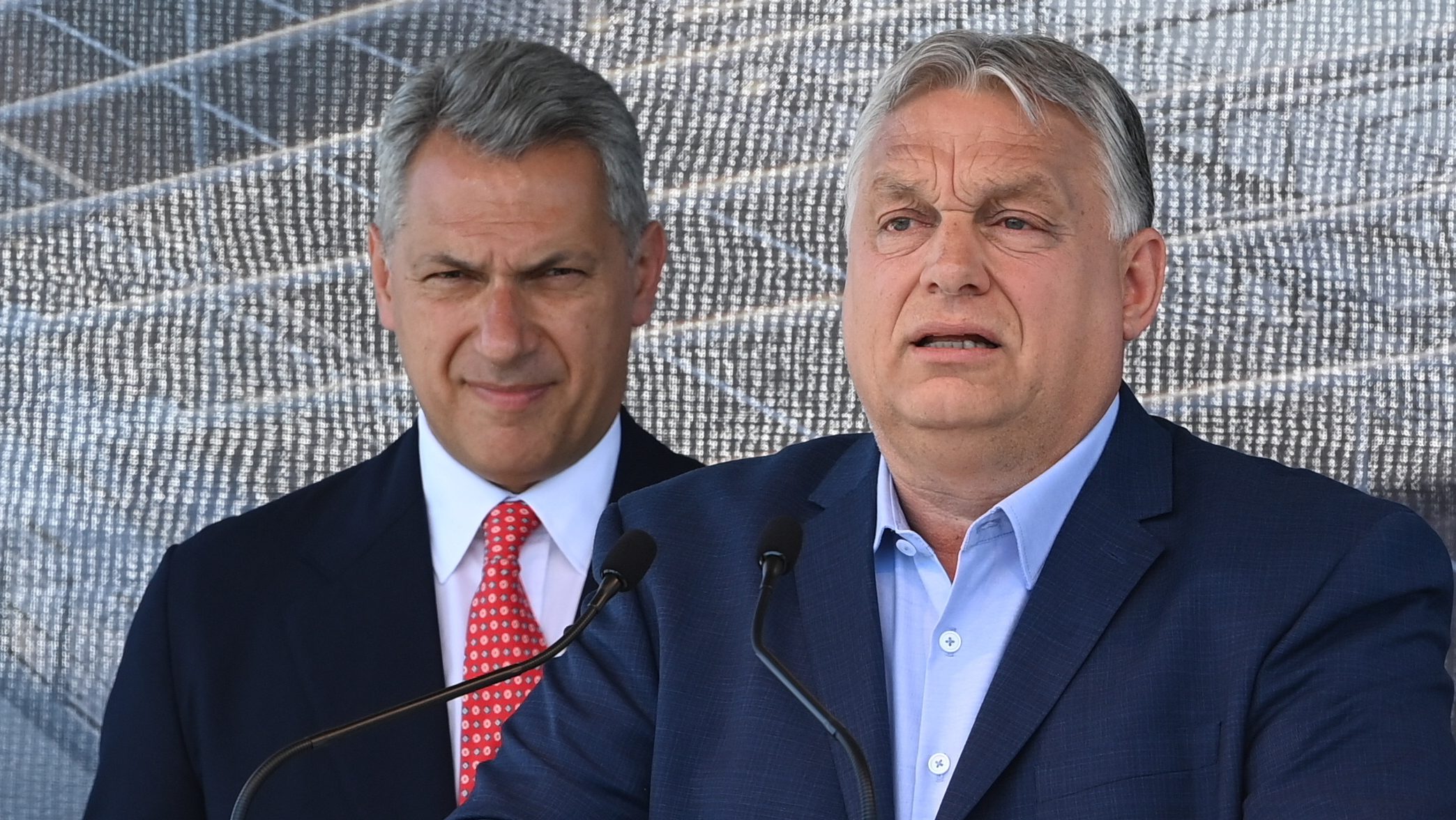Today the dimensions of Hungary’s growth are to a substantial degree set by the nations of the European Union. Expectations of an upswing, as economic forecasts suggest some improvement in the Union for the second half of the year, may develop accordingly.
The upturn which started in the third quarter of 1996 was scaled back from the last quarter of 1998, partly because of a significant slow down of industrial growth, which could be explained by the slower growth of export within the customs free zones, and partly because of the approximately 30 percent lower rate of investment. An another explanation of the arrested growth is the smaller pace of development in the transportation and telecommunication industries.
It should be noted that the above average performance indicated by the GDP’s growth rate in Hungary does not proportionally contribute to the country’s financial resources, as part of that growth comes from the local production of foreign enterprises. Given the sensitivity of foreign economic relations financial discipline cannot be loosened up further, as it could easily lead to sacrificing all previous achievements (such as keeping up the growth rate outstanding in the region, the moderate increase of the standard of living or the impressive reduction in the rate of inflation), which was seen so many times before. Although the discipline has not seemingly been loosened up yet, since the government is still able, or at least hopes to be able to meet the budget’s key figures, reserves and very often funds set aside to promote the revitalization of the economy via investments had to be reassigned to reconstruction, compensation or non-productive purposes because of natural disasters and the war in Kosovo. –


